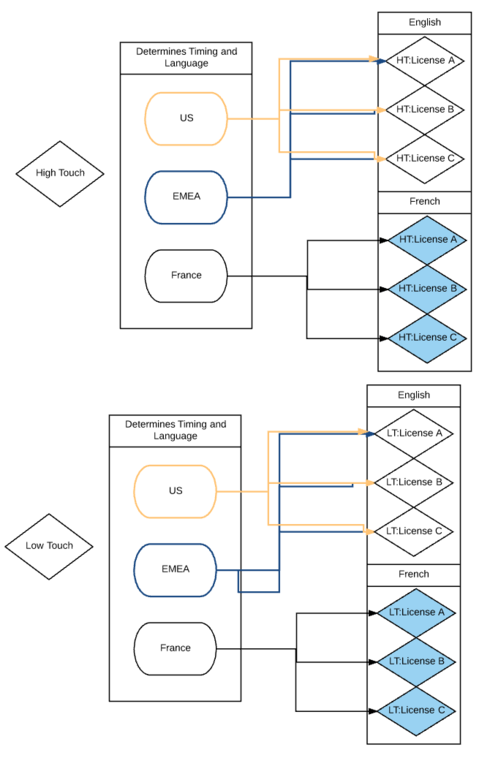1. Requirement that the time scheduler must use a pick-list field is very limiting, and makes the functionality unusable for our org.
2.
Single attribute variant filters are limiting. Still need to create
multiple power lists to support more complex customer segmentation.
Hi Gainsight Team --
I am very excited about the variant functionality that came out this week. This was a great step forward in running well organized campaigns. We're already working on consolidating existing campaigns, and have some feedback to pass along.
When building out a new campaign, we have 3 account attributes that define the type of content a customer should receive.
- Account metadata - for example, based on the license type we would send materials specific to what functionality is available to them.
- Segment - Based on segment provide high touch or low-touch resources
- Region - Determines the language and timezone
https://support.gainsight.com/Product_Documentation/CoPilot_and_Automated_Email/User_Guides/Create_and_Send_Multi-Variant_Emails


